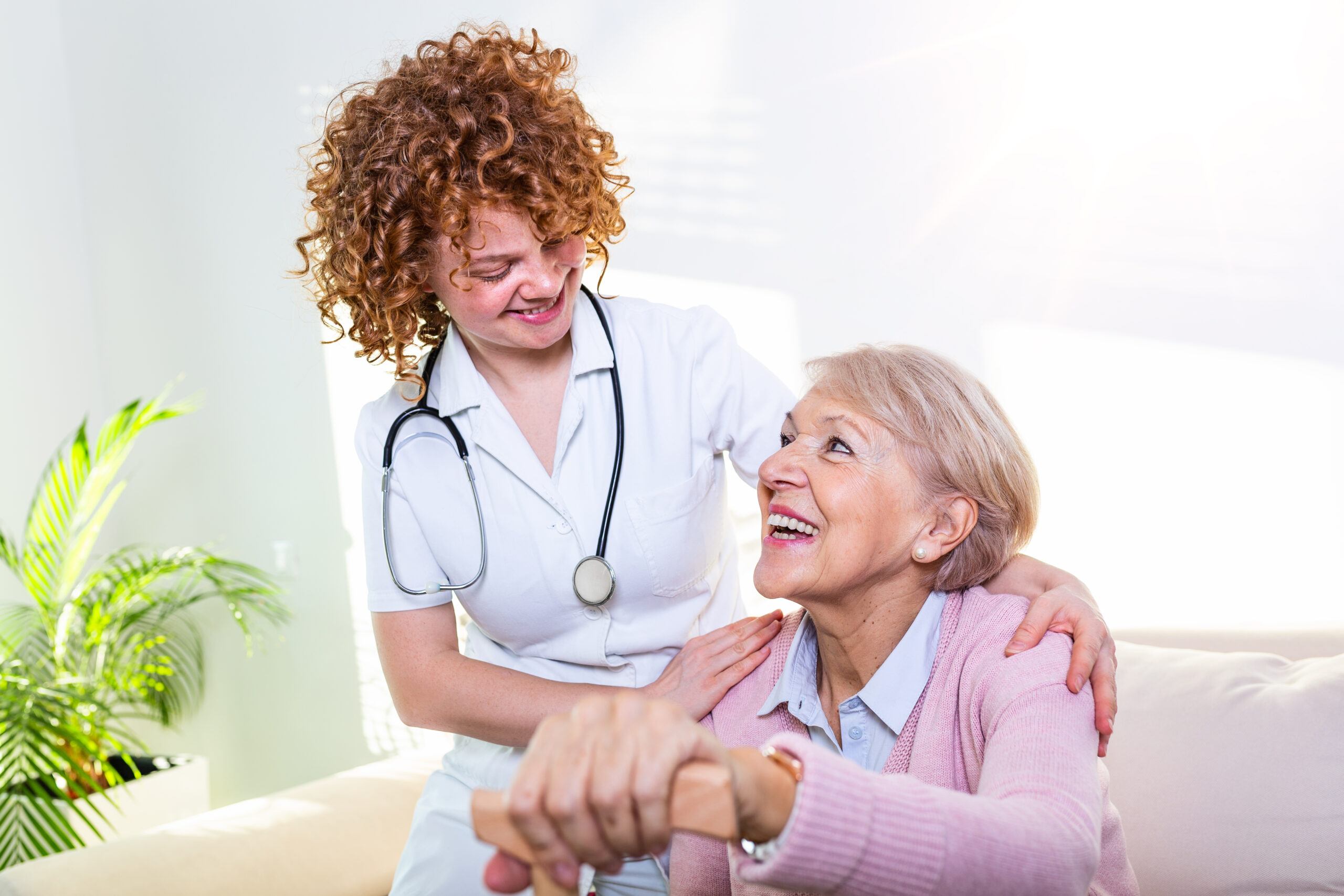
September marks the beginning of Onondaga Physical Therapy teaming up with Empower Parkinson’s to raise money for those in our community living and fighting with PD. Did you know that there are over 150 individuals living in our community with PD? In the following sections I will discuss what Parkinson’s Disease (or PD) is, the symptoms, and how it may be treated.
What Is Parkinson’s Disease (PD)?
PD is neurological condition in which a specific region of the brain; the basal ganglia, is affected. The basal ganglia within the brain is responsible for controlling your movements thus, a patient may experience a slow onset of various symptoms involving movements of their body. Slowness of movement and small movements and shuffling steps are some of the most common symptoms that people think of. Initially, one may suspect PD due to a small tremor that starts in one of their hands, decreased facial expressions, decreased arm movements when walking, and a soft voice.
What Are the Associated Symptoms Of PD?
There are 4 main cardinal symptoms that are the hallmark of PD, they include:
- Slow movements (bradykinesia)
- Resting tremors
- Rigidity (stiffness of one’s muscles)
- Impaired posture
While these are the hallmark signs and symptoms of PD other symptoms may include decreased speed with walking with shuffling of the feet, altered sense of smell, difficulties completing daily activities, a soft voice, and difficulties with balance and small movements. Each presentation of PD may be different between one person and another and the disease process may progress with emergence of more symptoms. Another symptom that is more directly related to the medications used for the treatment of PD results in involuntary movements of the arms, legs, and even face. These symptoms are not a direct result of the PD disease process itself, but this is one common side effect of the medication that one must consider.
What Are The Different Treatment Options for PD?
Besides the usual medications of levodopa and carbidopa one should also consider the use of exercise to help with their mobility and symptoms. There are three main treatment techniques that I will review: LSVT-BIG, amplitude movement training, and boxing. LSVT-BIG is a specific training protocol that is completed with a certified therapist that incorporates the use of verbal cuing by your therapist along with moving “BIG” in order to promote increased amplitude of your movements. This treatment consists of a precise treatment protocol comprised of 16, 1 hour sessions with a certified therapist over the course of 4 weeks.
Another treatment technique that was developed based on similar ideas and philosophy utilizes large amplitude movements or “moving big/large” within exercises to help promote larger movements in one’s everyday life. With increasing practice of moving “big and large” there will be carryover in one’s everyday life and those small shuffling steps and movements can drastically improve. You also may have heard about patients with PD participating in boxing. Why boxing you ask? Well, boxing not only improves one’s strength and coordination, but it also helps with agility, speed, balance, and reaction time. These are just three of the more common exercise treatments for PD.
Tune in next week to view a video on large amplitude movement exercises that can easily and safely be completed at home in order to better help you “move big/large” and improve your mobility!

